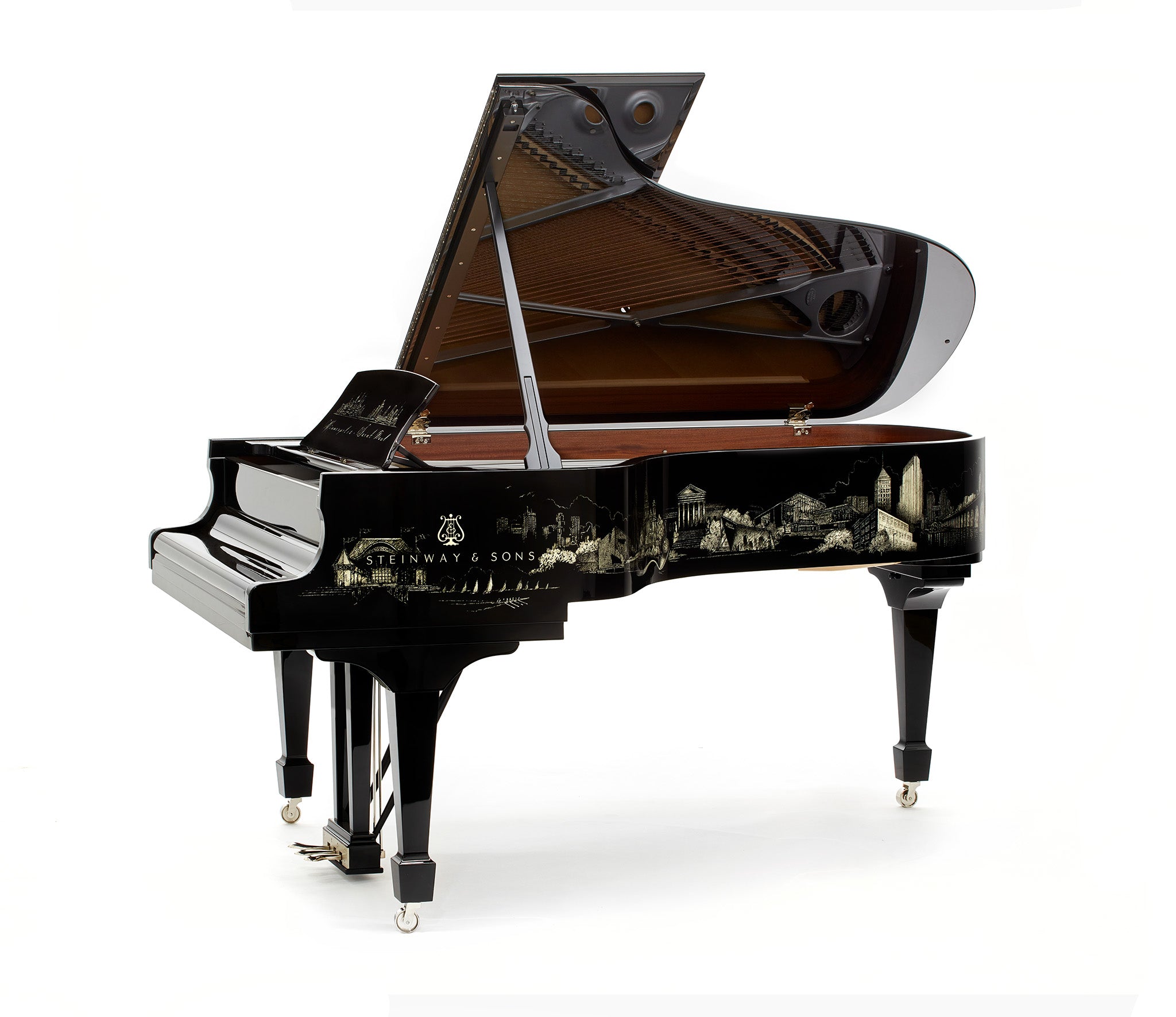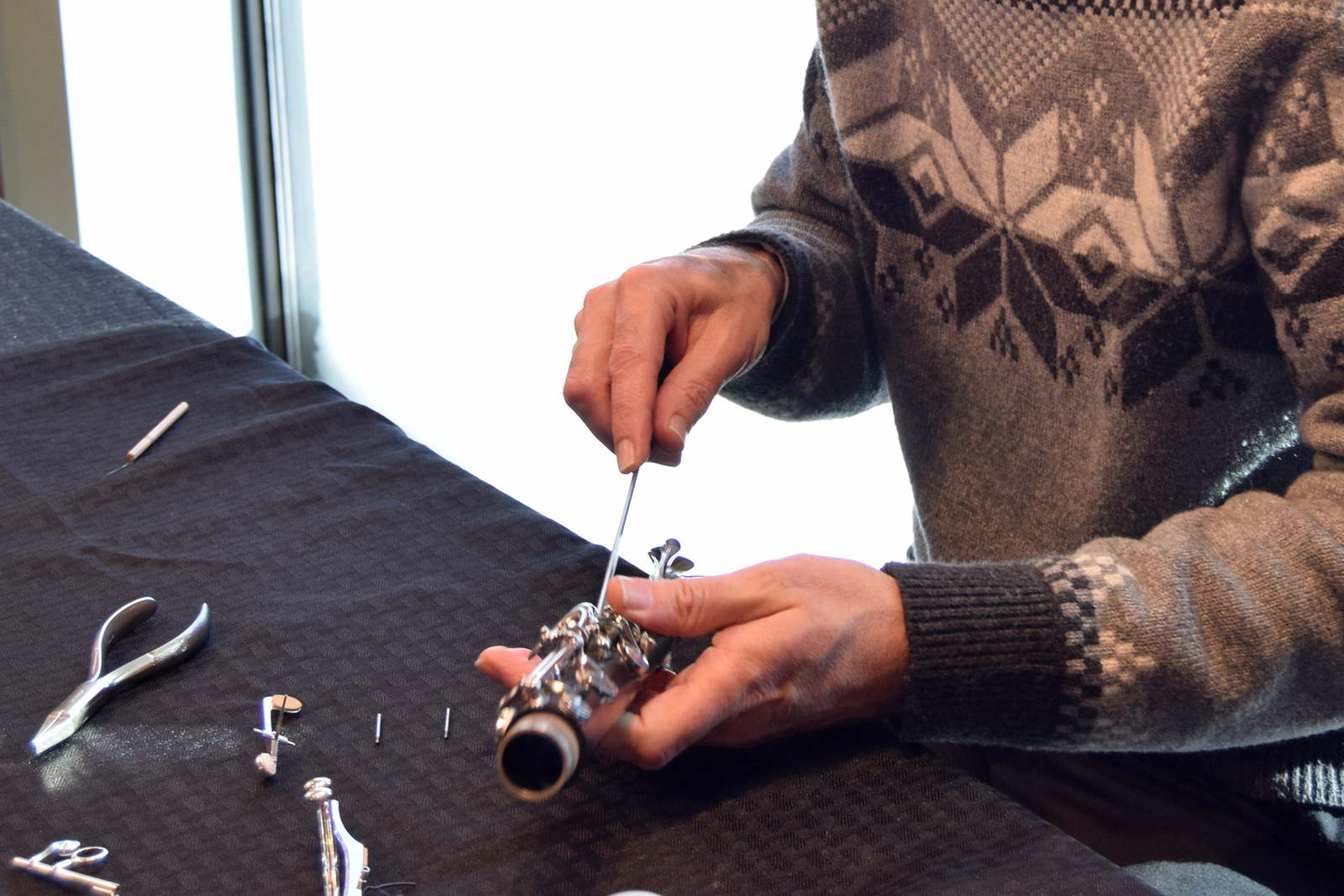Wooden clarinets are worthwhile investments that require responsible maintenance for a long, healthy musical life. One common issue that clarinet players face is the development of cracks in the wood body. These cracks can affect the playability of the instrument if not addressed properly. Here are some tips for avoiding cracks in your wooden clarinet and strategies to prevent further damage if a crack is discovered.
Keep your clarinet properly humidified
Wood is a natural material that expands and contracts with changes in humidity. To prevent cracks from forming due to dryness, it is essential to keep your clarinet properly humidified. Use a humidifier in your case or store your clarinet in a room with stable humidity levels. This is particularly important in the winter and in very dry climates.
Swab your Clarinet Regularly
Consistently swabbing your clarinet each time you play is an important part of regular clarinet maintenance. Swabbing removes the moisture that collects on the wood as you play, preventing the moisture from being absorbed into the wood, making it swell and creating cracks. This small habit will keep your clarinet and regular repair technician happy.
Handle your clarinet with care
Keep in mind how you assemble and store your clarinet. You want to be sure when you store your clarinet at home or school, you are placing your wooden clarinet in a safe space. Making sure it is not placed next to a very hot or very cold source will be vital to the health of your clarinet.
Informed Assembly
When assembling your clarinet, you also when to be sure you are handling each joint with care. If at any point it is difficult to assemble your joints, you should contact a repair technician to have your tenons adjusted. You never want to force your joints together. You run the risk of adding too much stress to the wood and causing a stress crack at your joints. This can happen during your break-in procedure or during large weather and humidity shifts (when it gets warmer and more humid in spring and summer).
Inspect your clarinet regularly
Take the time to inspect your clarinet for any signs of cracks or damage when you swab and disassemble your clarinet for the day. Key places to look for hairline cracks include along tenon receivers, around trill keys, throat tone and register key mechanisms. If you discover a crack, it is essential to address it promptly with a local technician to prevent further damage and more costly repairs.
Seek professional help for repairs
If you discover a crack in your wooden clarinet, do not attempt to repair it yourself. Seek the help of a professional instrument repair technician who has experience working with wooden clarinets. They will be able to assess the damage and recommend the best course of action to repair the crack so you can get back to making music.
By following these tips for maintaining your wooden clarinet, you can help prevent cracks from forming and ensure that your instrument remains in top condition for years to come.
If you find a crack in your clarinet, The Clarinet Gallery is here to help. Visit your local Schmitt Music for a repair assessment, or contact the gallery to speak with a clarinet specialist.








